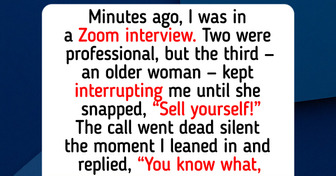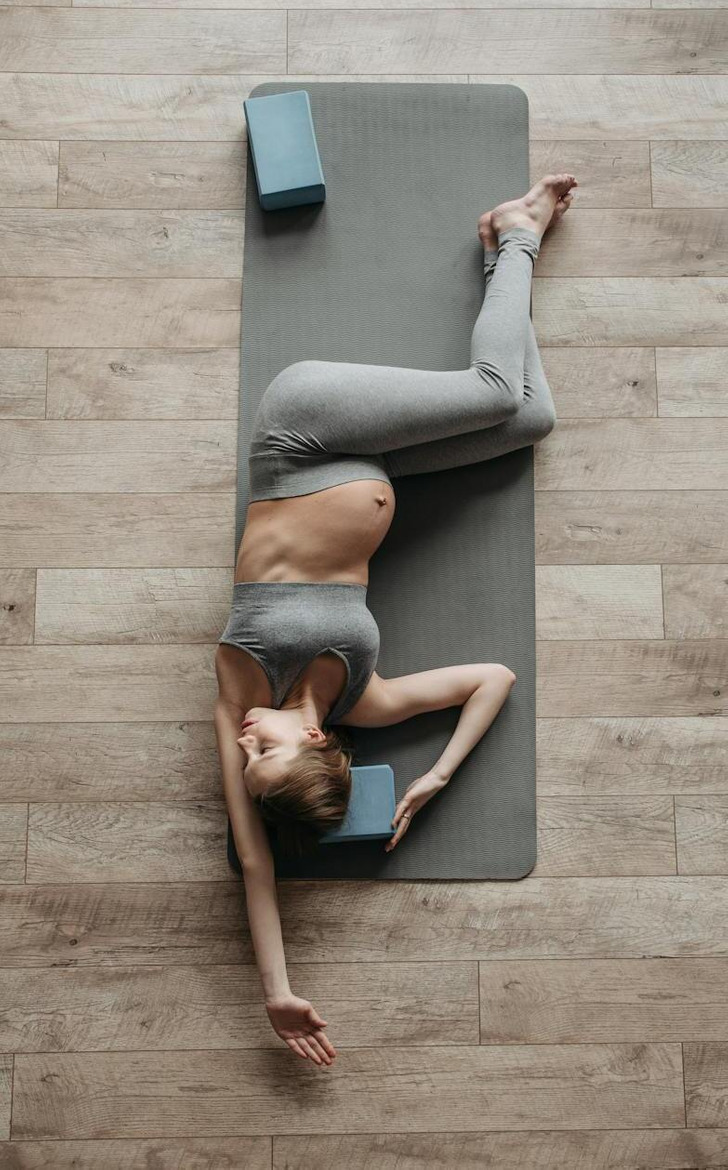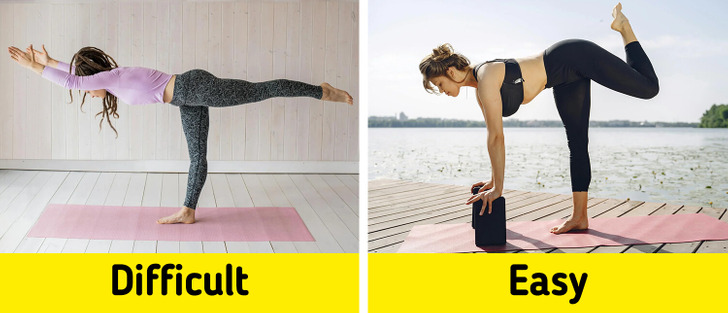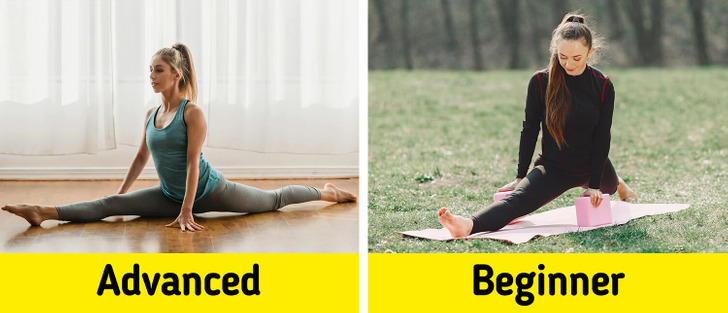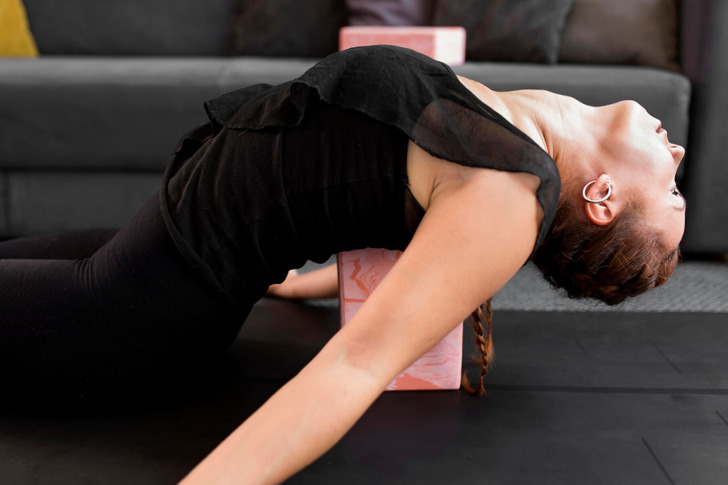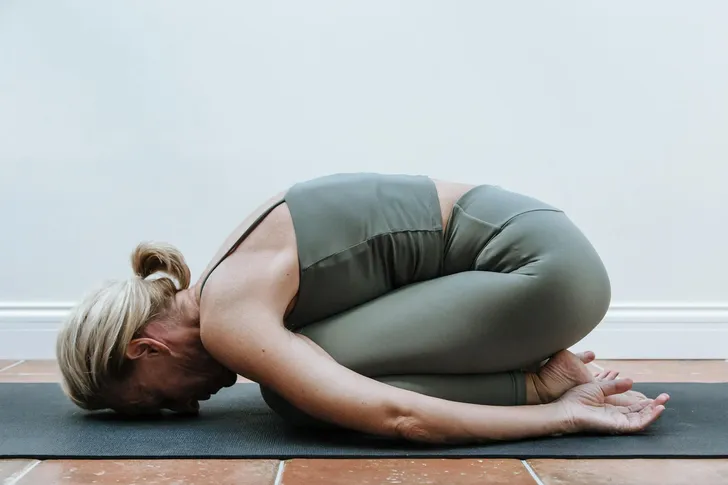I think, I can never earn over which I paid by my precedent employer, but I was wrong, world is so large to try their fate. but now I am making $52/h even more,and easily earn minimum $1300/week, on the experience everyone must try to do work online, easy way to earn, here's an example.
𝐰𝐰𝐰.Richnow1
7 Really Effective Ways to Use Yoga Blocks and Bricks for Tight Muscle Relief
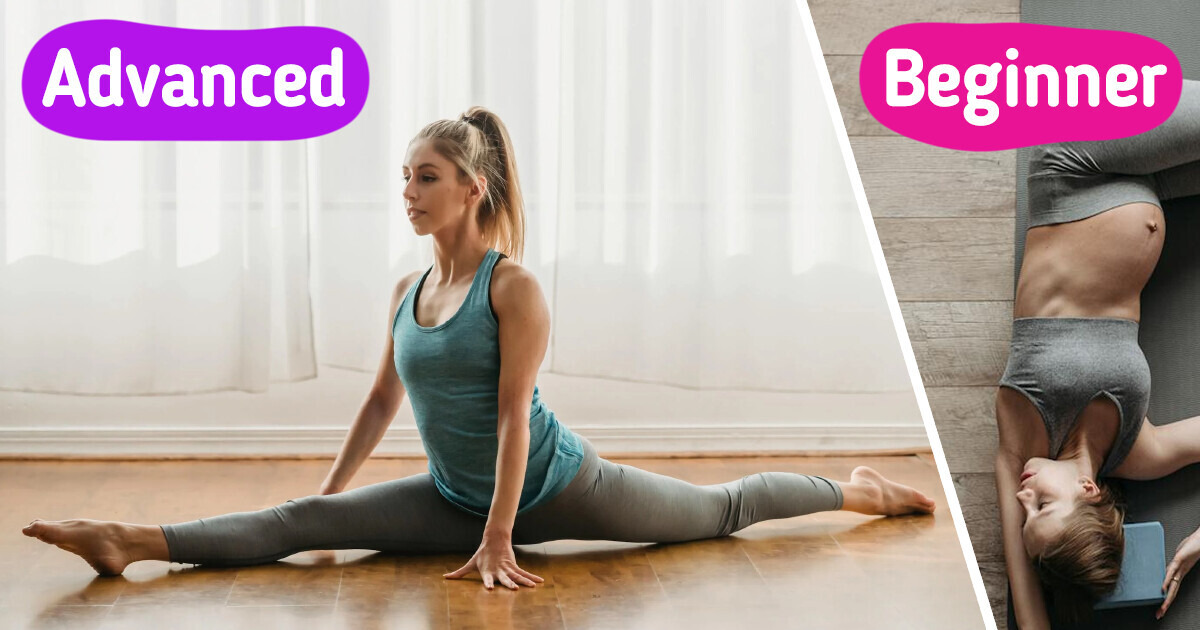
Yoga is all about listening to your body. Robyn Gaillard, a Kripalu-registered yoga teacher, recommends using yoga blocks to personalize your practice. They help with alignment, activate muscles, and support your core, hips, and pelvic floor. Blocks allow you to reach deeper stretches without straining your body.
Ashwa Sanchalanasana, or Runner’s Lunge, is a yoga pose that stretches the hips and legs while improving balance and flexibility.
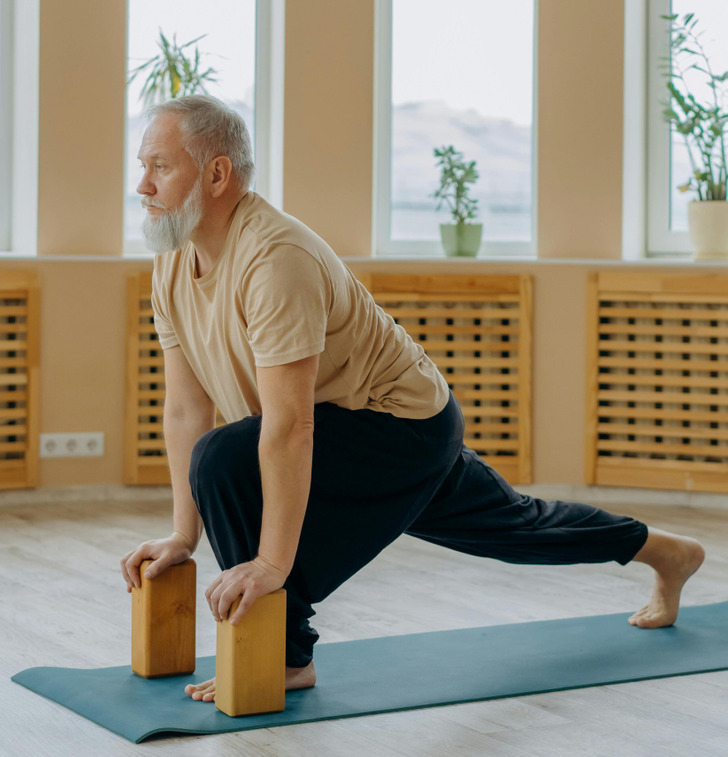
This pose is a hip-opening lunge that also helps strengthen the quads, hamstrings, inner thighs, and core. Using a yoga block can make it easier to balance and help with proper hip alignment, says Gaillard. Placing a block under each hand provides support, which can deepen the stretch.
How to use the yoga block(s):
- Place two blocks at the top of the mat, one on each side. For a gentler stretch, position the blocks with their longer sides facing up. For a deeper stretch, place them with the shorter sides facing up.
- Start in a high plank with your hands shoulder-width apart, pressing into the mat. Step your feet back.
- Step your left foot forward between your hands, adjusting the block placement if needed.
- Once your foot is planted, put your hands on the blocks. Make sure your knee, ankle, and toes are aligned, and that your knee doesn’t go past your ankle.
- Use the blocks for support, facing your hips forward and lowering into the lunge. Look down at the mat to lengthen your spine.
- Take two or three deep breaths.
- Release and switch sides after sitting for a moment.
Easy Twist is a gentle seated yoga pose that helps improve spinal flexibility and release tension in the back and shoulders.
Parivrtta Sukhasana (Twisted Easy Pose) is a seated twist based on the Sukhasana posture, which is often referred to as the easy or comfortable pose. In Sanskrit, Parivrtta means twisted, Sukha means easy or comfortable, and Asana means pose. This gentle twist is suitable for practitioners of all levels.
How to do Parivrtta Sukhasana (Easy Twist Pose):
- Begin in Sukhasana, sitting on the floor with your legs crossed in front of you. Sit upright with your spine straight and your back erect, breathing naturally.
- Place your right palm on the floor next to your right hip with your fingers pointing outward.
- Exhale and slowly twist your upper body to the right, bringing your neck along with the movement. Simultaneously, place your left hand on your right knee.
- Continue to twist further on each exhalation, ensuring that your spine remains straight and your head is aligned, pulling upward as you twist.
- Hold the pose for as long as comfortable, breathing slowly and gently.
- To release, inhale and slowly rotate your torso and neck back to the center.
- Repeat the same on the left side to complete one round.
Ardha Chandrasana, or Half-Moon Pose, is a balancing yoga posture that helps improve flexibility and strength in the legs, hips, and core.
This pose challenges your balance on one leg while also opening up the chest. How a yoga block can help: Gaillard suggests holding a yoga block in one hand to provide extra stability and balance during the pose.
How to use the yoga block(s):
- Start in the middle of the mat, placing the yoga block at its highest level, halfway between your body and the top of the mat.
- Step your right leg forward into a high lunge, bending your knee and straightening your left leg. The block should be positioned just above your right toes.
- Place your right hand on the block for stability, then lift your left foot off the mat.
- Once your left leg is parallel to the floor, twist your torso to the left and extend your left arm toward the ceiling.
- Take two or three deep breaths, then carefully release and switch sides, repeating the steps.
Revolved Sugarcane Pose, or Parivrtta Ardha Chandrasana, is a twisting yoga posture that enhances balance and stretches the hips, legs, and spine
Revolved Sugarcane Pose, or Parivrtta Ardha Chandra Chapasana in Sanskrit, is a yoga pose performed while standing. It’s a variation of Revolved Half Moon Pose (Parivrtta Ardha Chandrasana). Similar to the Half Moon Pose, this one involves rotating the torso and opening the chest while holding your foot behind you. It also works as a hip opener and leg stretcher. As a balancing pose, it helps release stress and improve focus.
Pose Details:
- Difficulty: Advanced
- Body Position: Arm & leg support, backbend, forward bend, twist
- Type: Balancing, chest opening, flexibility, hip opening, shoulder opening, strengthening
- Benefit: Aids in weight loss
Step-by-Step Instructions:
- Start in Revolved Half Moon Pose with your left foot and right hand on the floor.
- From this position, bend the raised right leg and grab the ankle or foot with your left hand behind your back.
- Focus on your balance and breathe deeply.
- Stay in the pose for 3 to 5 deep breaths, then slowly release and repeat on the other side.
The Front Split, or Hanumanasana, is an advanced yoga pose that requires flexibility in the hamstrings and hips while promoting strength and stability in the legs.
This pose is named after the monkey god, Hanuman. In Hindu mythology, Hanuman rescued the goddess Sita from an island (Sri Lanka) by taking a giant step, similar to a split, from the mainland to the island.
Key Alignment Points:
- Keep both hips facing forward, with the pelvis in a Warrior I position, not Warrior II.
- Activate your hands and feet.
- Engage your quads and hamstrings.
Step-by-Step Instructions:
- Start on your hands and knees at the front of your mat.
- Step your right foot forward between your hands.
- Move your right foot forward until your heel comes off the edge of the mat. Flex your foot so only the heel touches the floor.
- Slowly slide your right heel forward, walking your hands forward as needed. If you’re on a slippery surface, the heel will slide more easily.
- Once you’re fully extended, bring your hands to your hips and make sure both hips are facing forward. If needed, curl the toes of your left foot and adjust the left hip forward.
- If the back of your right leg touches the floor, lift your torso up and raise your arms overhead.
- Keep your hands and feet active, engaging your legs to create resistance in the stretch.
- To exit, release your hands to the floor and move your right foot back. Bring your left knee up and return to the starting position.
- Repeat the pose with your left leg forward.
Matsyasana, or Fish Pose, is a backbend that stretches the chest, throat, and abdomen while improving posture and opening up the heart.
Fish Pose is a backbend that helps strengthen the shoulders and upper back while opening the chest and heart, according to Gaillard. How a yoga block can help: Without blocks, Fish Pose can be challenging, but using them makes it easier for beginners to ease into this heart-opening stretch.
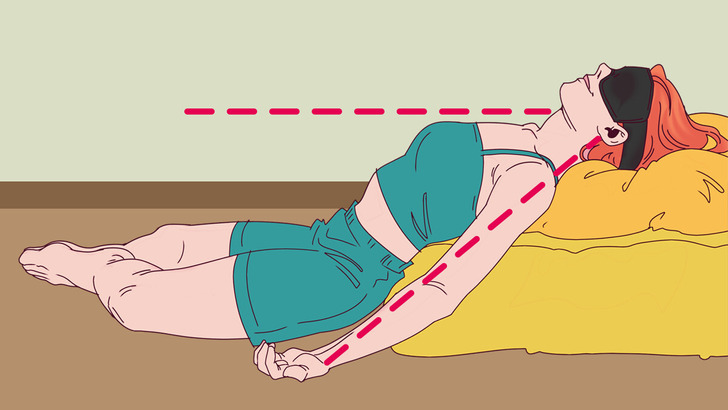
How to use the yoga block(s):
- Place two blocks at the top of the mat where your head will rest. Set one block horizontally with its long sides facing the top and bottom, and the other block with its long sides facing left and right to form a “T.”
- Sit tall in the center of the mat with your legs out in front. You can bend your knees slightly if needed.
- Lean back so your shoulder blades sit just above the lower block. Rest your head on the top block, letting your upper back rest on the lower one.
- Extend your arms out to the sides, palms facing down. Relax your legs in front of you.
- Take two to three deep breaths, letting your chest open with each exhale.
- Slowly come up to a seated position when you’re ready to finish.
Bharmanasana, or Table Pose, is a yoga position that helps to build stability in the core, wrists, and shoulders.
Table Pose is a stationary position that helps improve spinal alignment, often used as a starting or transitional pose in yoga, as Gaillard explains.
How a yoga block can help: By squeezing a block between the thighs, it aligns the core and leg muscles, enhancing spinal alignment and stabilizing the body, Gaillard notes. It shifts the center of gravity to the core, helping to anchor the leg muscles.
How to use the yoga block(s):
- Start in Tabletop Position, with your palms directly under your shoulders and fingers facing forward.
- Place a yoga block between your thighs, with the long sides held by the inner part of your legs. Squeeze your thighs together.
- Look down at your fingertips, flatten your back, press your palms into the floor, and drop your shoulders. Imagine a string pulling your head and tailbone in opposite directions.
- Take two to three deep breaths, maintaining the squeeze on the block.
- Release the block and transition into Child’s Pose.
Bonus: Child’s Pose (Balasana)
Child’s Pose (Balasana) is a relaxing, restorative posture that helps create a moment of stillness. It stretches the back, hips, and thighs while promoting calm and relaxation.
Benefits:
- Relieves stress
- Stretches the back, glutes, thighs, shins, and ankles
- Helps ease symptoms of headaches and PMS
How to do it:
- Start by kneeling on the floor, touching your big toes together and sitting on your heels. Keep your knees about hip-width apart or closer for a deeper stretch.
- Exhale and fold forward, bringing your torso between your thighs.
- Lengthen your tailbone away from your back and slightly tuck your chin.
- You can extend your arms forward or rest them alongside your body, palms up.
- Stay for 30 seconds to a few minutes.
- To come up, gently lengthen the front torso and then lift with an inhale.
Modifications:
- Use blocks, blankets, or bolsters for extra support.
- If you have a knee injury, place a folded blanket under your knees for comfort.
Why We Love It:
Child’s Pose helps center the mind and provides a deep sense of calm and relaxation. It is often used as a resting pose during practice and helps to release tension.
Comments
Related Reads
Johnny Depp Shows Off Drastic Dental Makeover After Years of ‘Damaged’ Teeth Controversy

21 Stories That Prove Blended Families Are Equal Part Struggle and Love
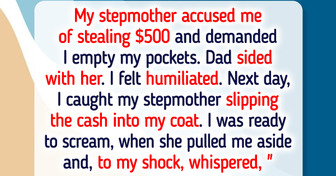
15+ Stories That Prove First Love Stays With Us Forever

My Husband’s Ex Still Calls Him for Favors—So I Gave Him a Taste of His Own Medicine
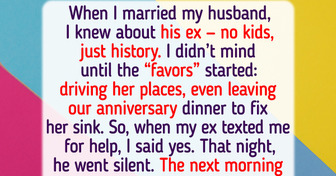
I Banned My Stepdaughter From Family Meals, My House Is Not a Master Chef Venue
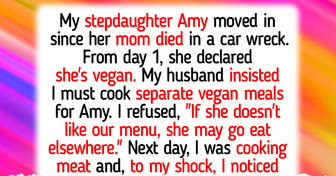
11 People Who Proved That Quiet Kindness Lights the Darkest Moments
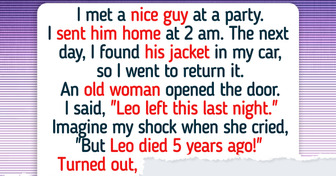
16 First Dates So Bad, They Should Be Turned Into a Comedy Movie

I Refuse to Let My Father’s Secret Love Child Steal My Inheritance

11 Heartwarming Stories That Prove Family Is Everything
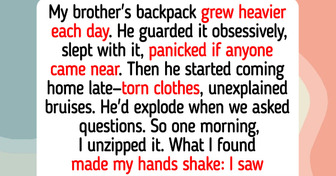
My Stepdaughter Publicly Insulted Me, So I Taught Her a Lesson
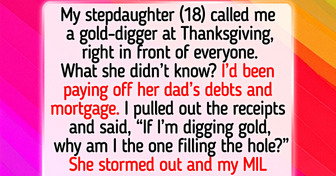
10 True Stories With an Ending So Twisted They Deserve an Oscar

I Refuse to Let an Interviewer Belittle Me, So I Turned the Tables in Seconds
